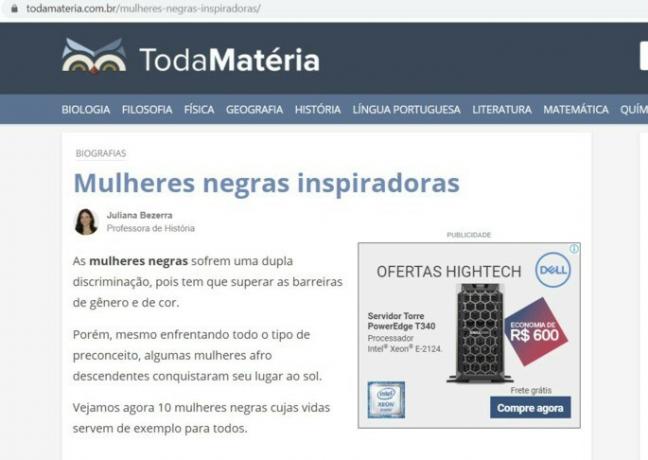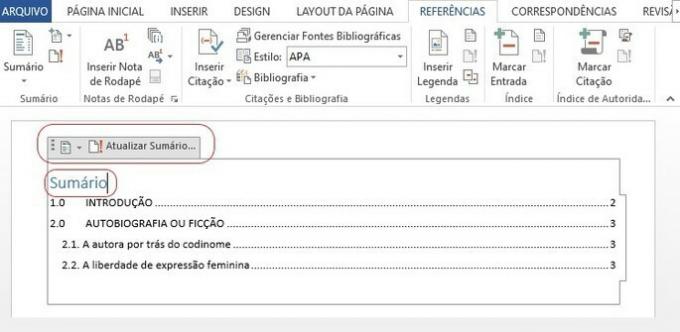The report is a type of text that is intended to report about something, whether it is a visit to the museum or the route taken to do an internship and research.
It is a technical writing with formal language that conforms to the grammatical norms of the language. This text must be clear, objective, cohesive and coherent.
The report gathers, in an organized and detailed way, the development of a work in a given period. In it, the methodology used, the bibliography consulted and the results obtained are essential characteristics.
report structure
- Cover
- Introduction
- Development
- Conclusion/final considerations
- Bibliography
How to prepare a good report step-by-step
1. Cover
The cover of a report, also called the cover page, follows the guidelines of each institution. So, first of all, know which model should be followed.
Generally speaking, the cover of a report should contain:
- title of work
- Institution Name
- Department/Sector
- Course
- Name of author or team involved
Title
The title of the report must be in accordance with the theme of the work. However, there are cases of academic reports where the title will only be “End of Internship Report” or “Supervised Internship Report”.
If this is not the case, the title must be in accordance with what was developed
Examples:
- Monthly Account Report
- Freedom Museum Visit Report
- Body Activity Assessment Report
2. Introduction
When introducing a report, it is necessary to present a clear summary of the research objectives and the methodology that was used.
Example:
The following Supervised Internship report of the School Management course at the University Center of Grande Dourados (Unigran), aims to clarify pedagogical supervision in state schools in the city, where the research.
For this, the methodology used was the application of questionnaires in educational centers, in order to collect data.
Note that there are simpler cases where it will not be necessary to present the objectives and methodology, such as a museum visit report.
Example:
This report aims to report the visit to the Museu da Liberdade, which took place on March 3, 2020, within the scope of of the Museology course at the Fluminense Federal University (UFF) under the supervision of Professor Doctor Gilmar Mendes Coutinho.
3. Development
This is the longest part of the report where the researches carried out and the data obtained along the way are located.
Depending on the focus of the report, interviews, testimonials, graphs and tables may appear in this part of the text.
These features help to better organize the search and give more consistency to the work. An important tip is to organize what you are going to present very well. This can be done on topics, for example:
1. Goals
1.1. Main goal
1.2. Specific objectives
2. Methodology
2.1. Respondents
2.2. The questionnaires applied
2.3. Questionnaire Analysis
4. Conclusion/Final Considerations
Although some reports have a critical content, these texts generally do not have this objective.
In other words, in reports, the main idea is to report about something, and, therefore, in the conclusion, the author must close the main ideas developed along the way.
Example:
Through the supervised internship carried out in state schools in the city of Dourados (MS), it was possible to know better the reality of these teaching centers, as well as understand the challenges faced by management professionals school.
5. Bibliography
This final part of the report must contain, on a separate sheet, everything that was consulted during the course of the research, following the standards of the ABNT (Brazilian Association of Technical Standards).
The bibliography to be cited generally follows the pattern: author(s), title, edition, place, publisher and date
Example:
LÜCK, Heloise. Educational management: a paradigmatic question. 3rd ed. Petrópolis: Voices, 2008.
Nowadays, in addition to the bibliography, it is common to include the webgraphy, that is, the sites consulted. It indicates the day the page was accessed and the expressions “available on” and “accessed on” are included.
Example:
Available at: Accessed on: 22 Mar. 2020.
Read too:
- report textual genre
- how to do a school work
- technical writing
- Bibliography


